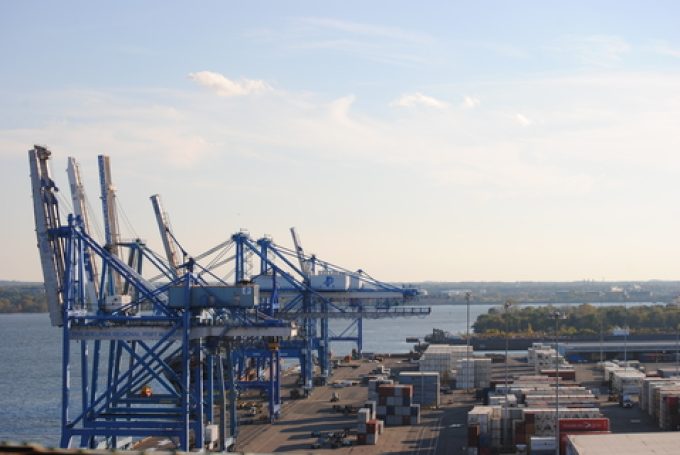JOC: MSC's Medlog set to take over US intermodal provider COFC Logistics
JOC reports: “A subsidiary of Mediterranean Shipping Co. (MSC) has agreed in principle to acquire a ...

As the possibility of strike action at ports on the US east and Gulf coasts draws nearer by the day, container shipping lines serving the region have begun to announce disruption surcharges.
On 1 September, MSC notified customers it would apply a $1,000 per 20ft and $1,500 per 40ft Emergency Operations Surcharge (EOS) from 1 October (the date set for the strike to begin) on all shipments from Europe to the US east and Gulf coasts, as well as to ports ...
Volcanic disruption at Anchorage could hit transpacific airfreight operations
Macron calls for ‘suspension’ – CMA CGM's $20bn US investment in doubt
Forwarders stay cool as US 'liberation day' tariffs threaten 'global trade war'
De minimis exemption on shipments from China to the US will end in May
Shippers snap up airfreight capacity to US ahead of tariff deadline
Tighter EU import requirements proving 'a challenge' for forwarders
Looming Trump tariffs will create 'a bureaucratic monster' for Customs

Comment on this article